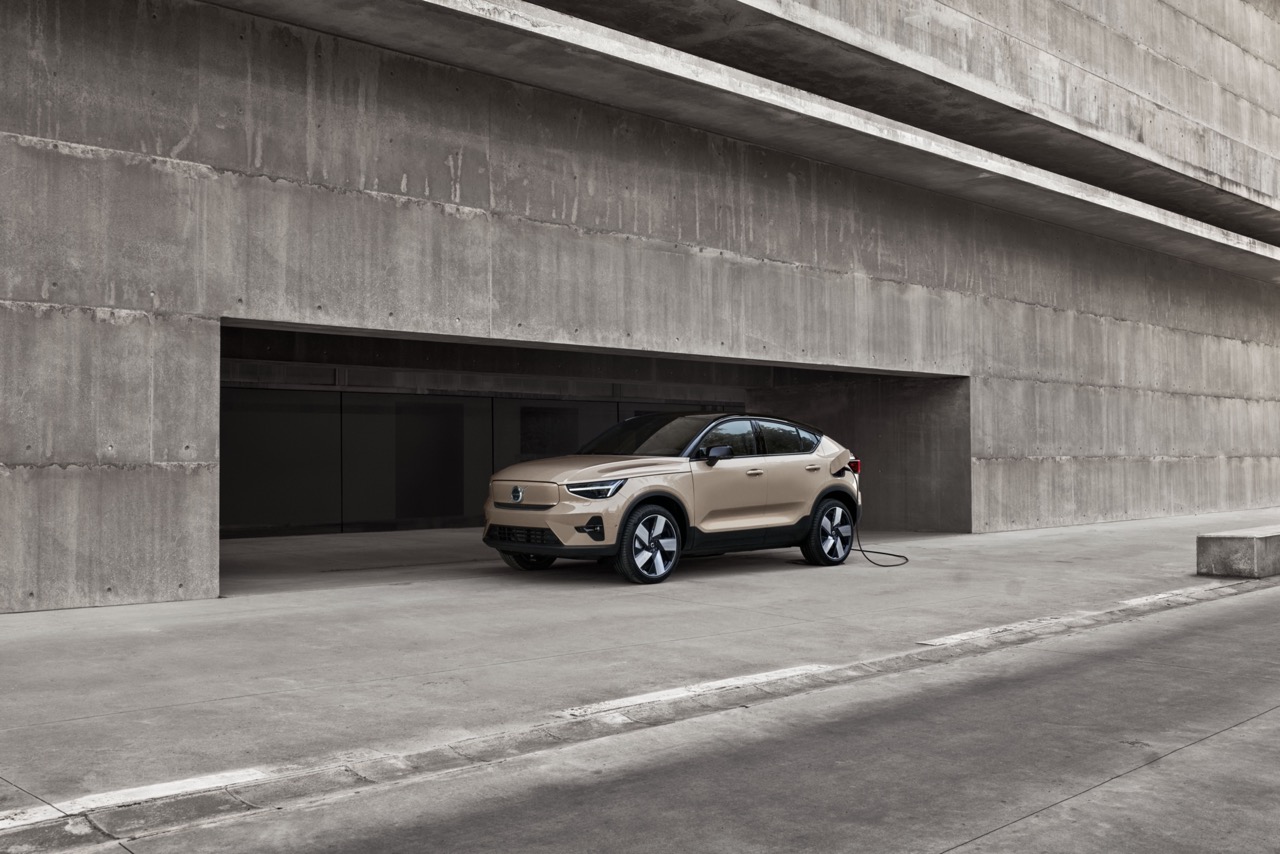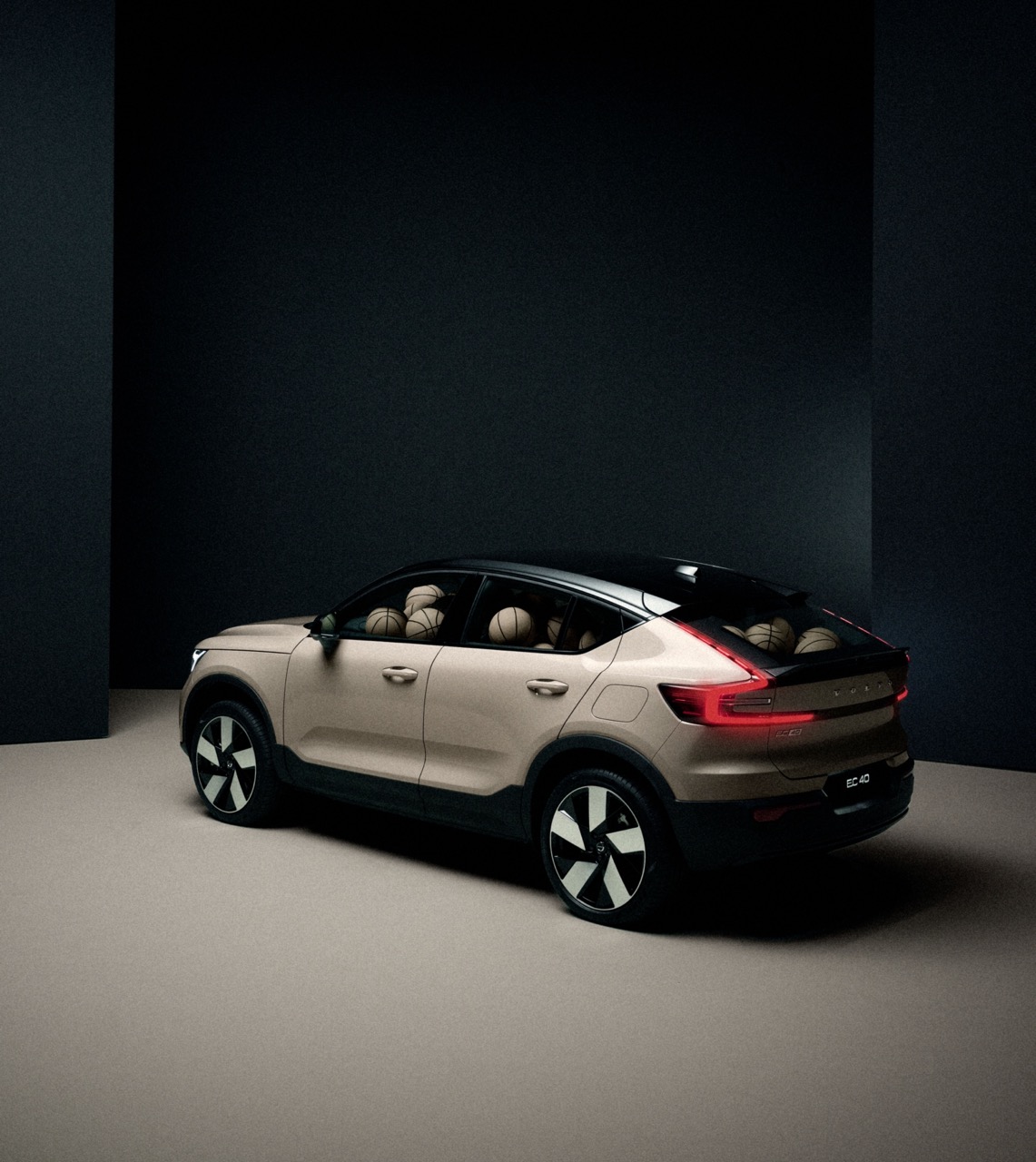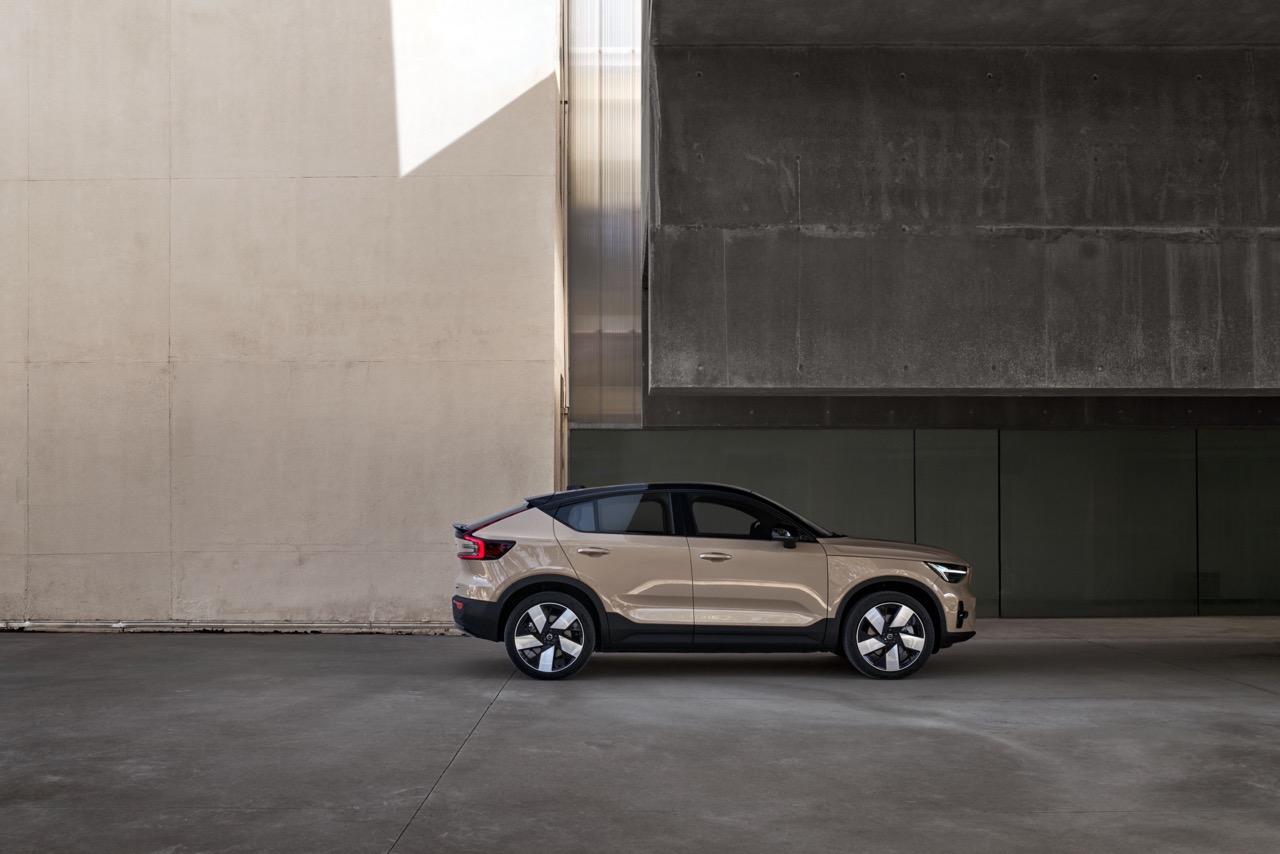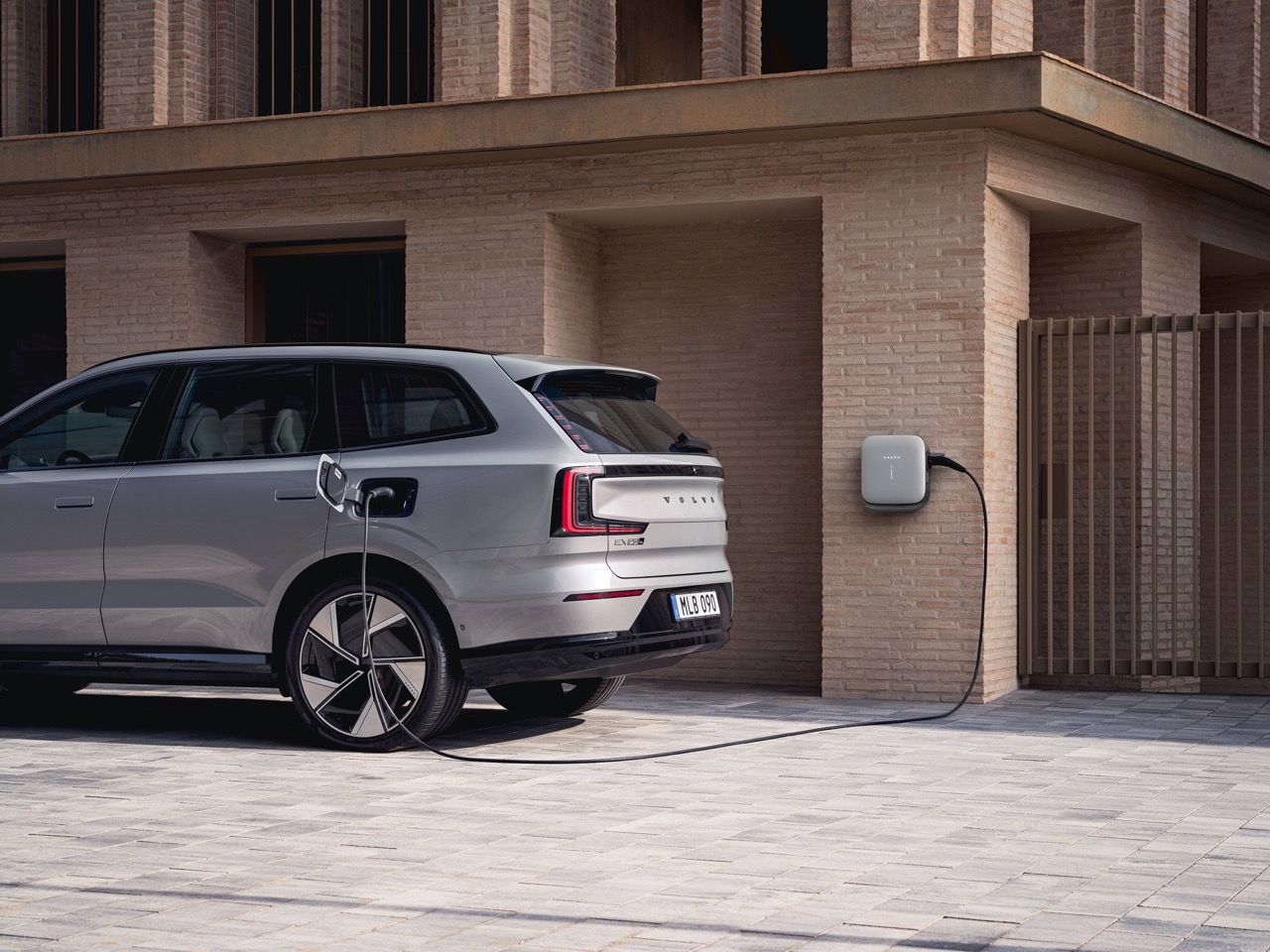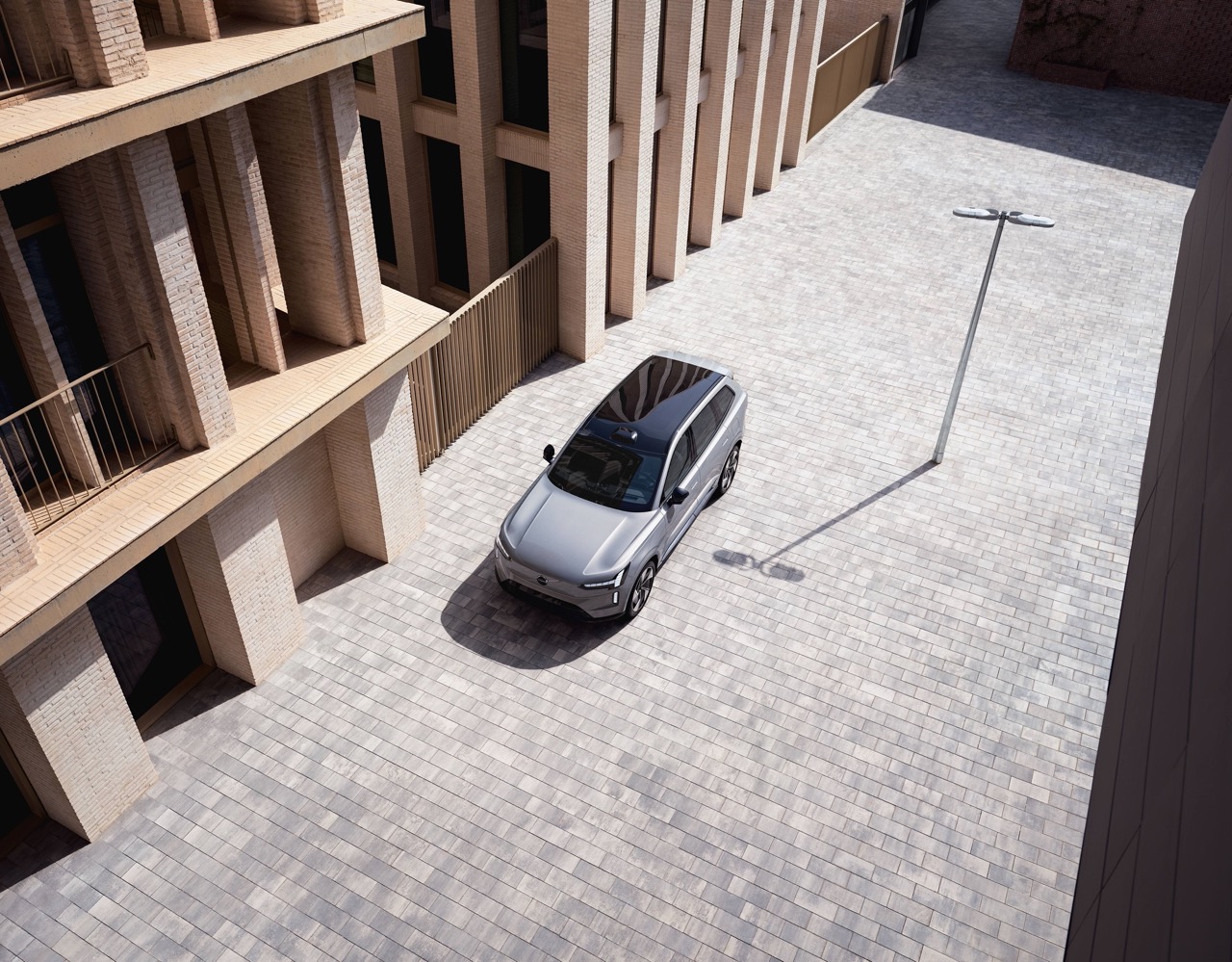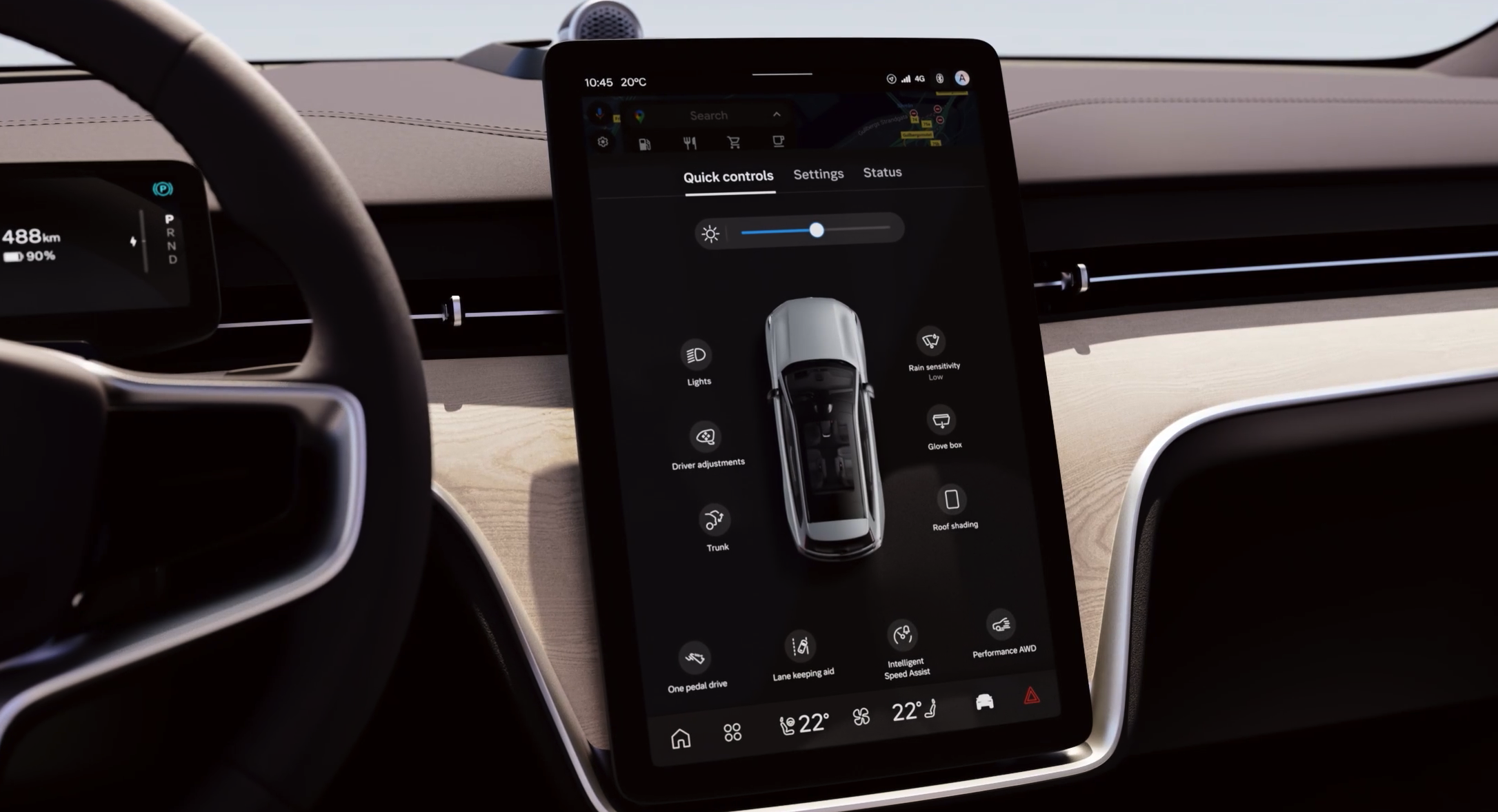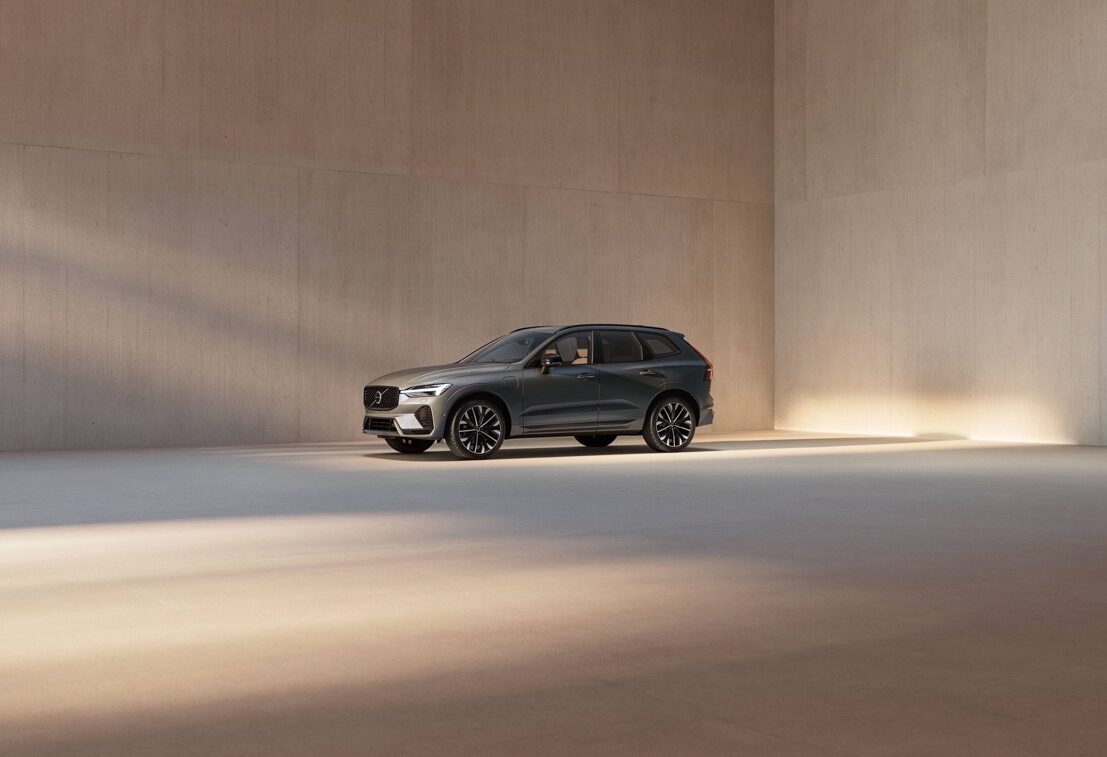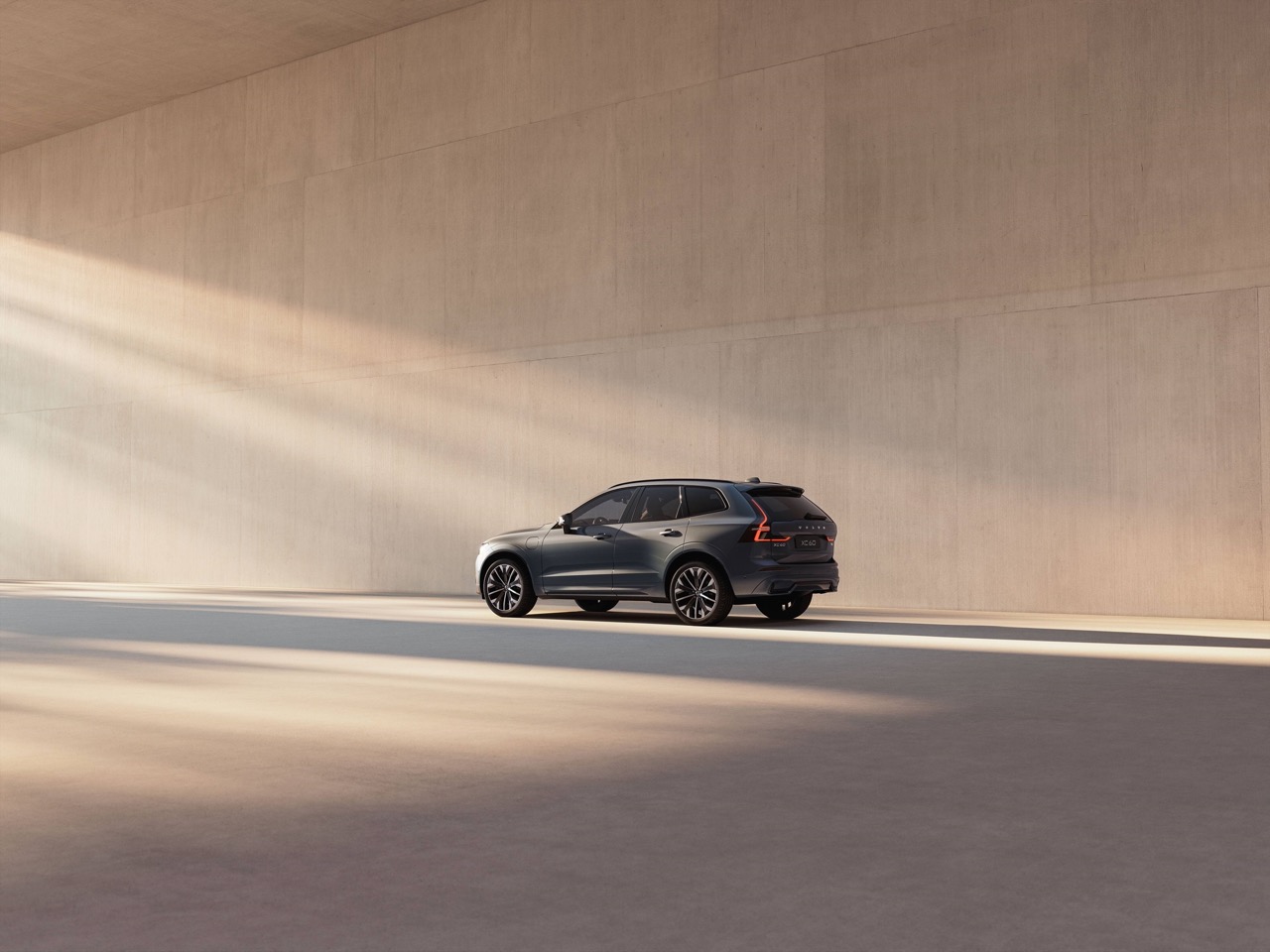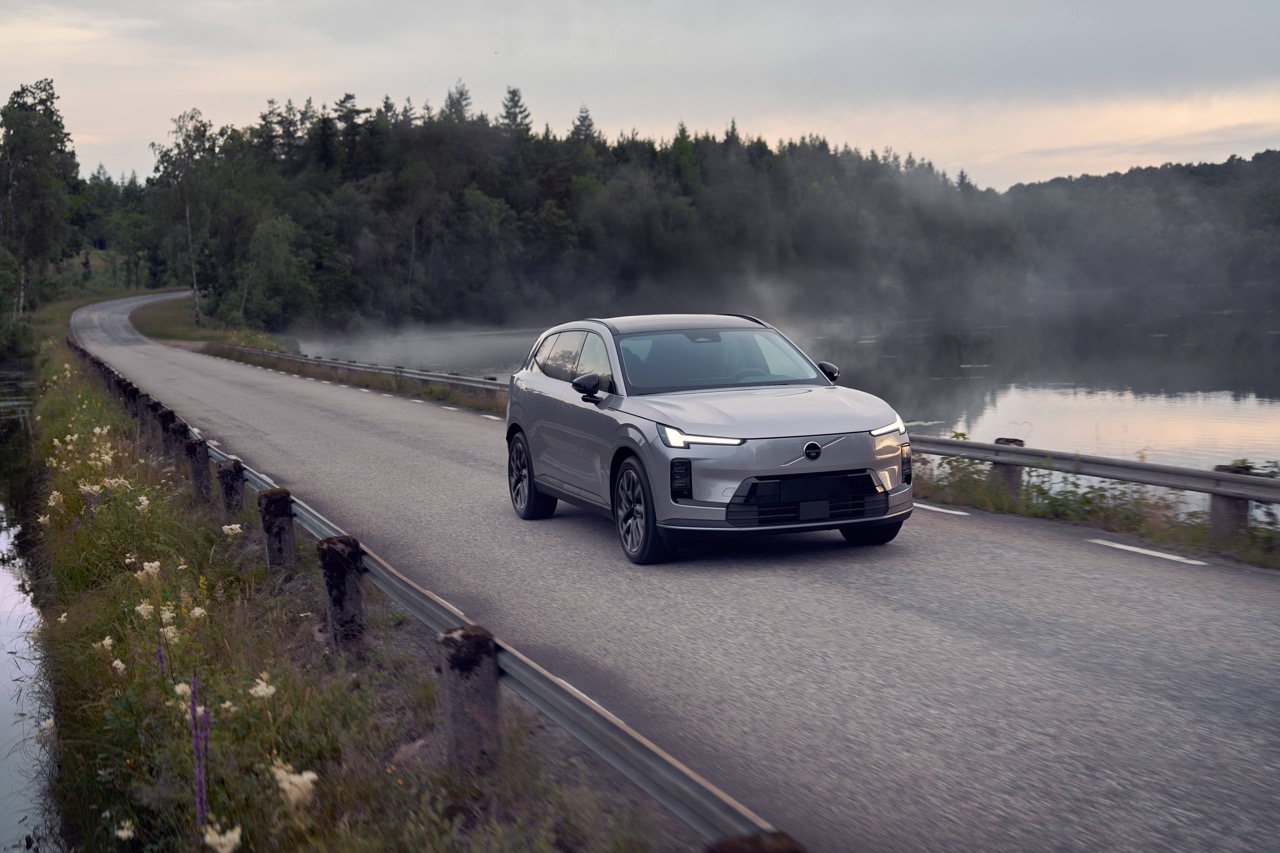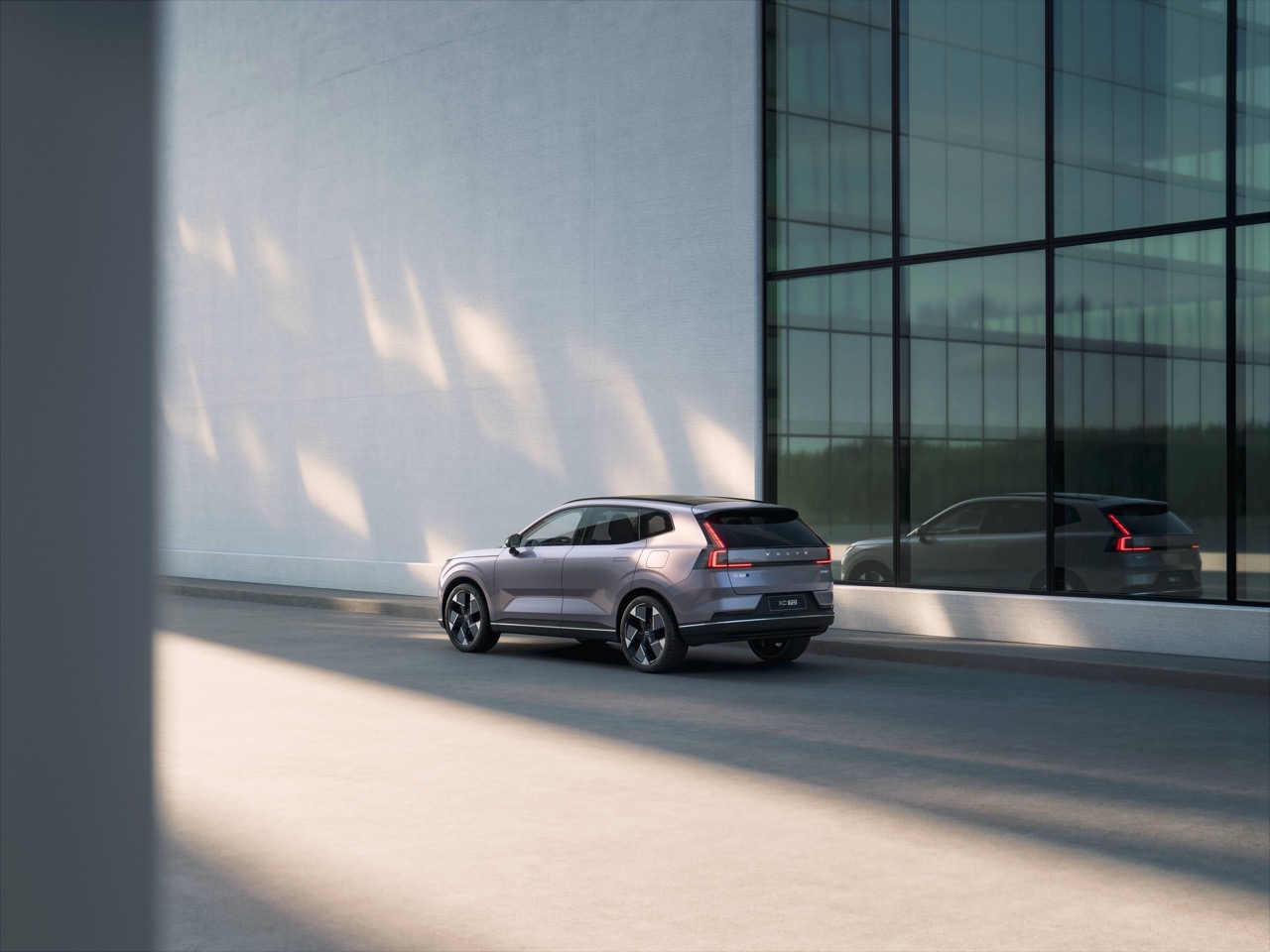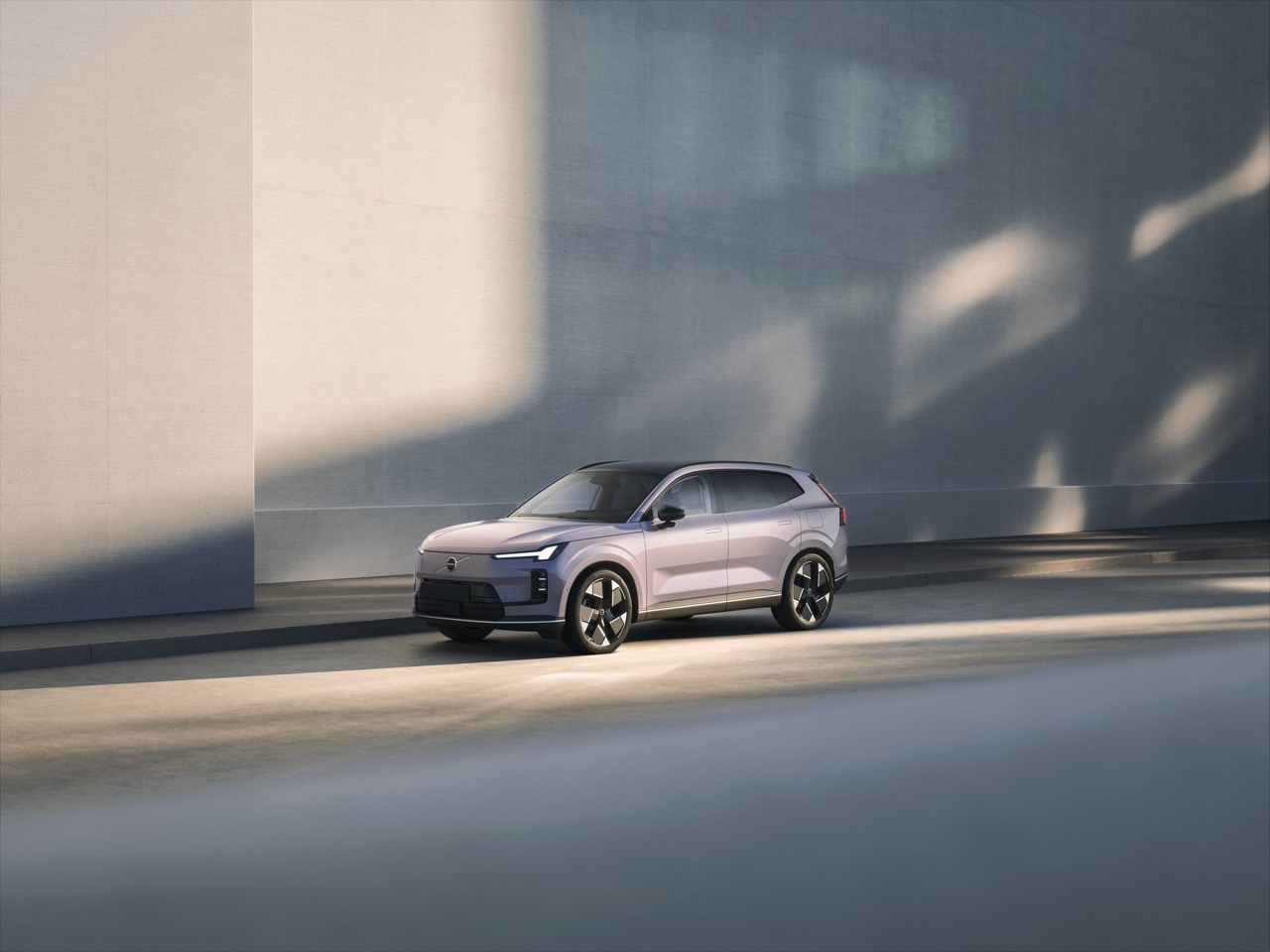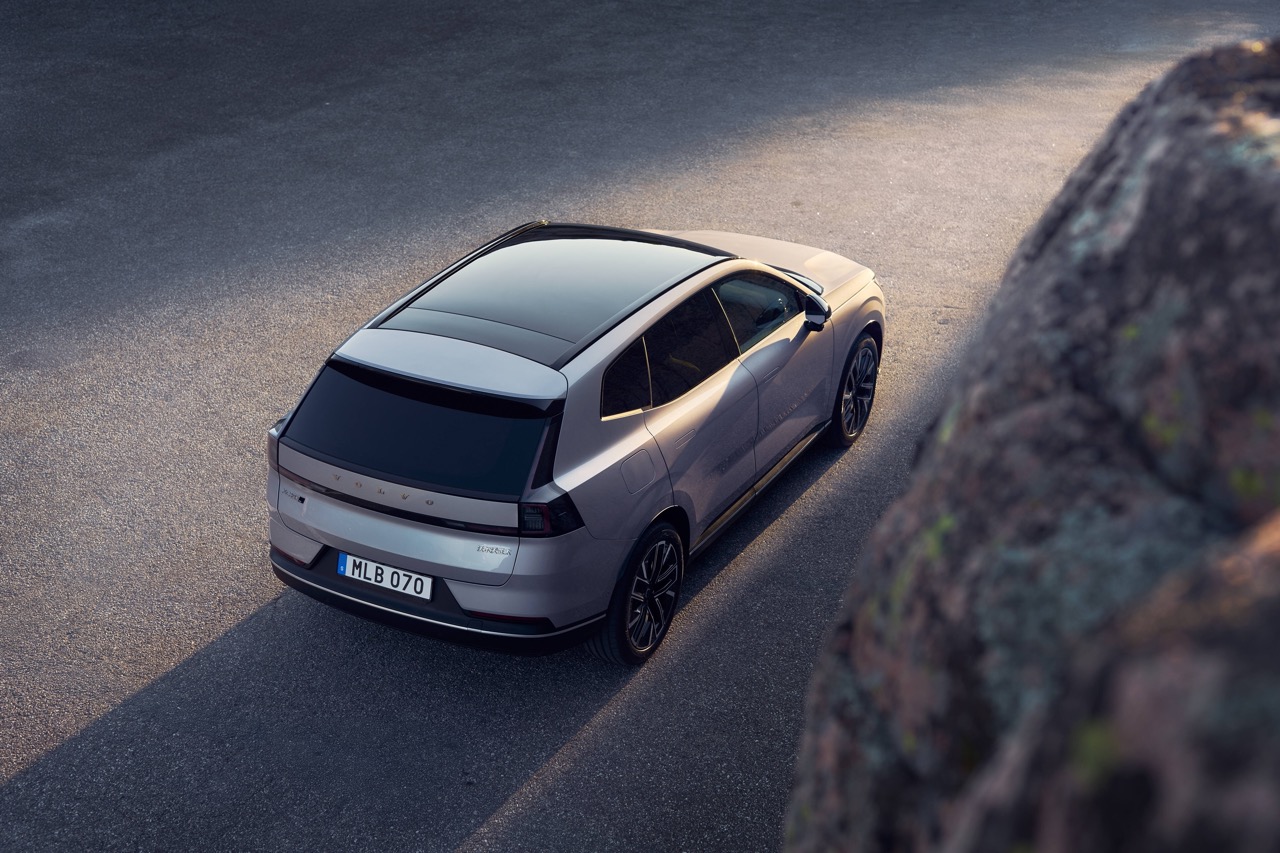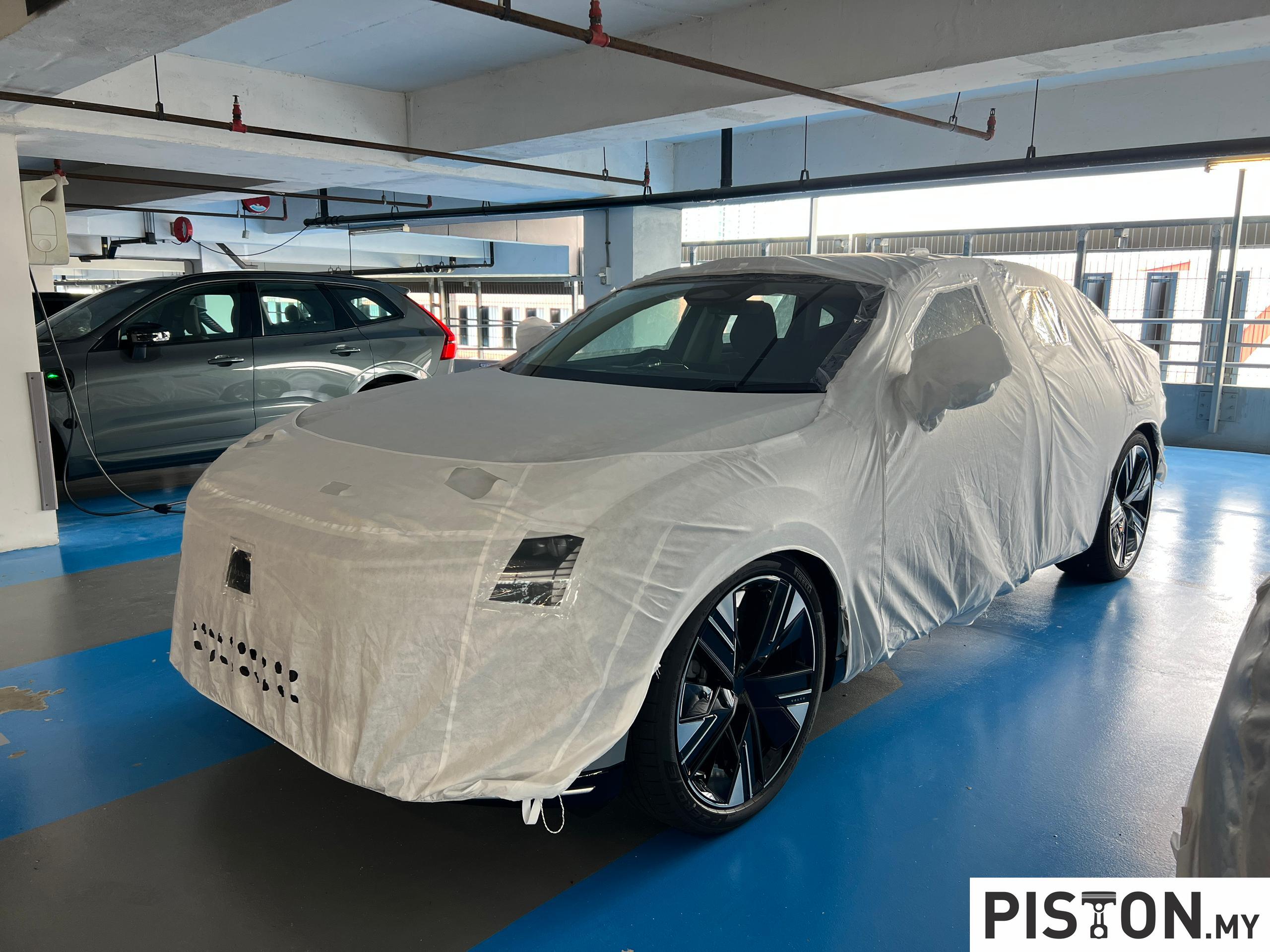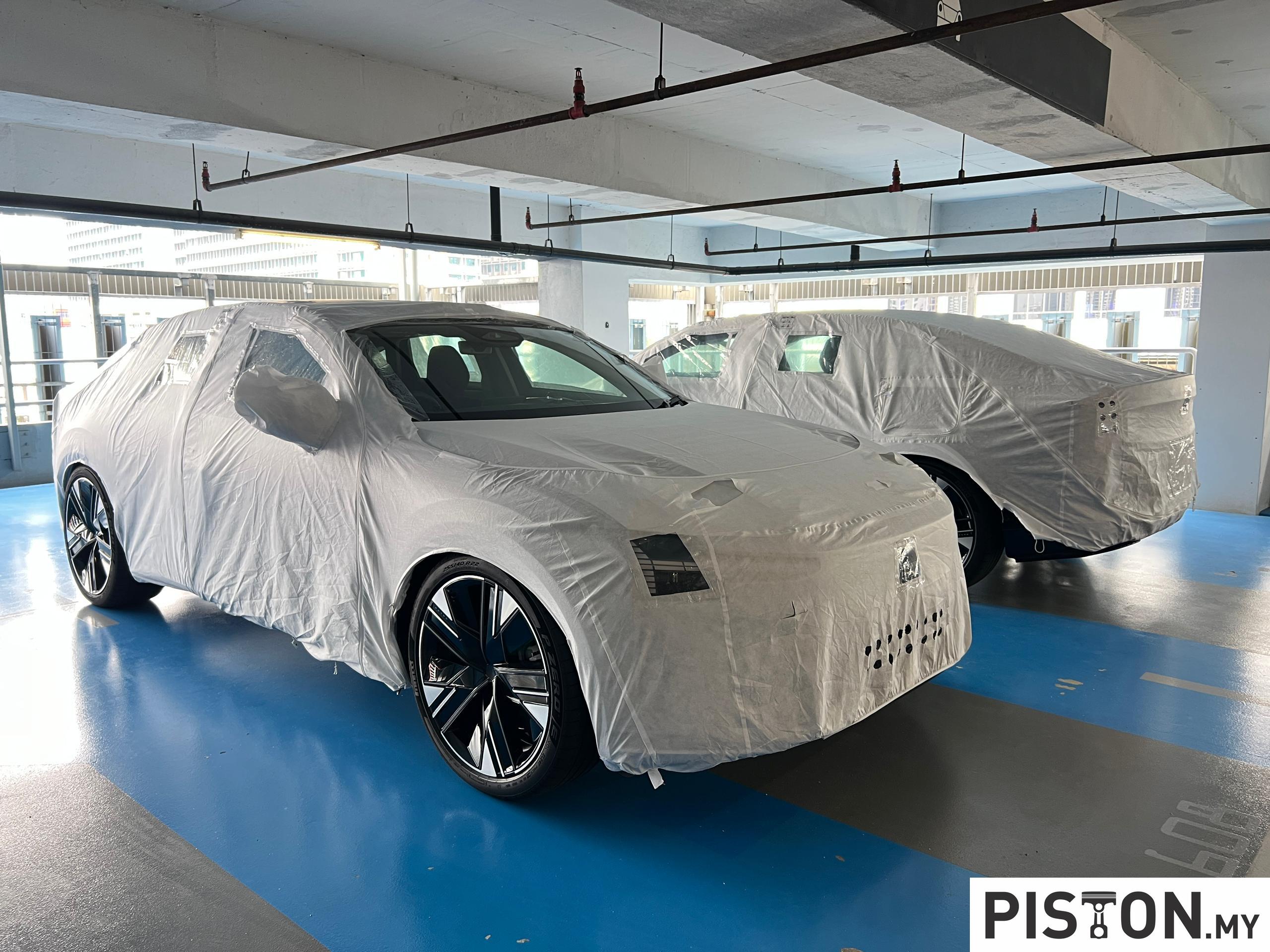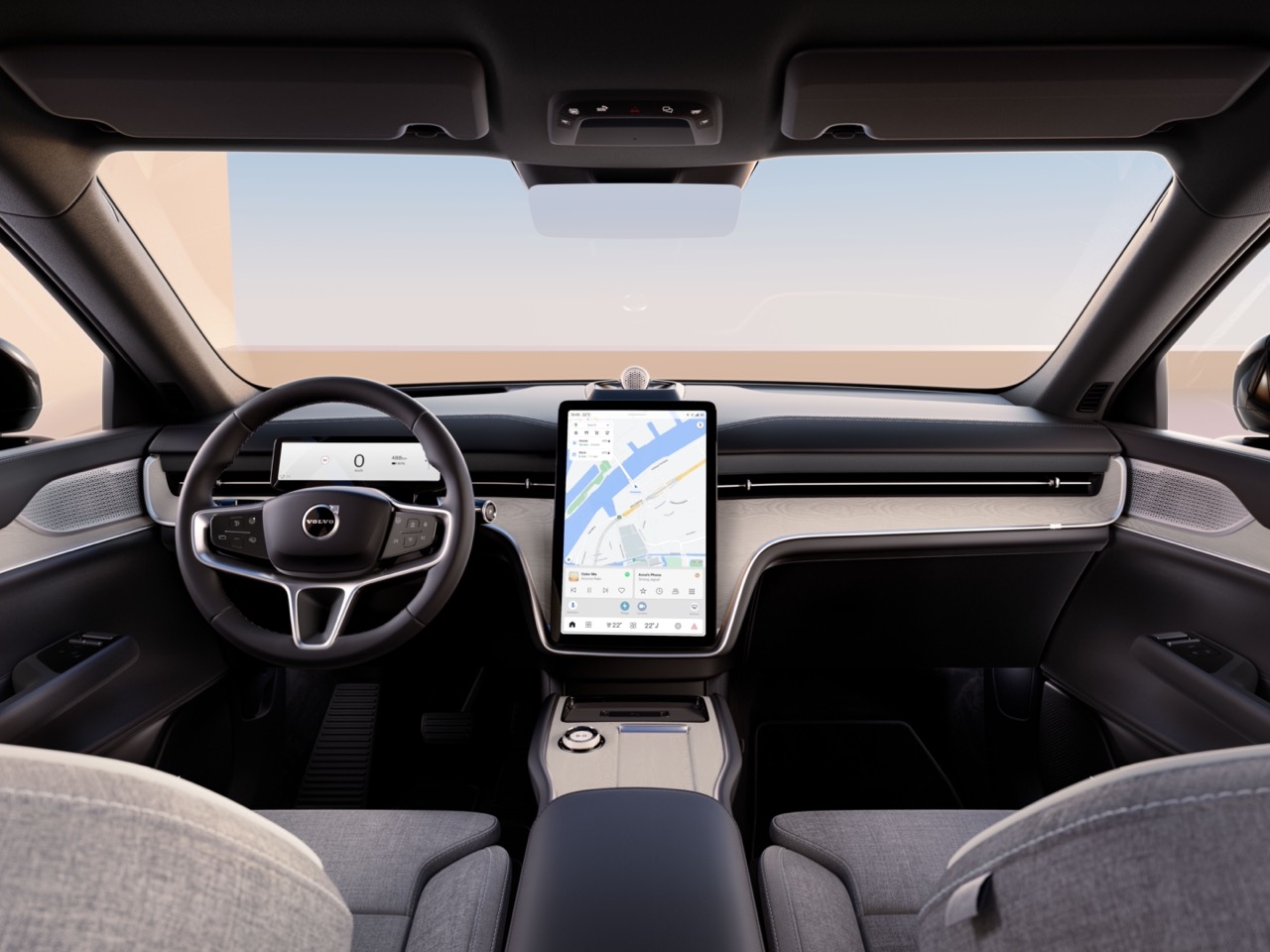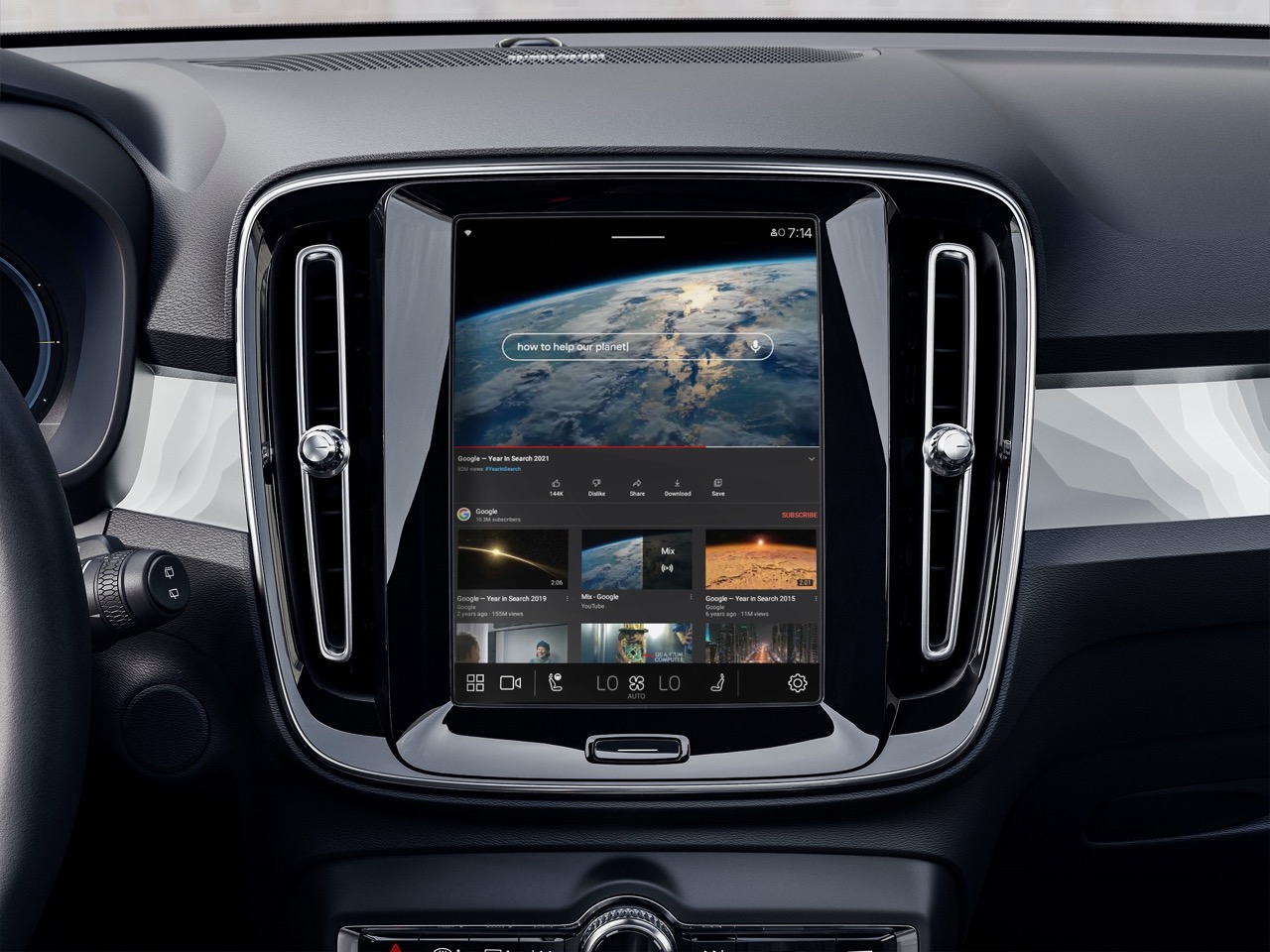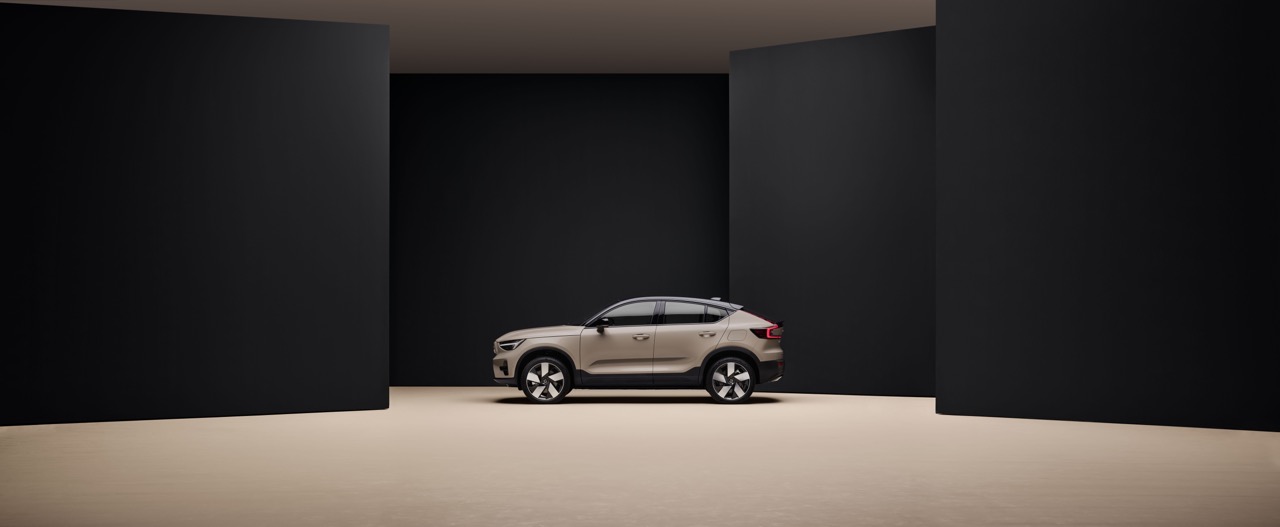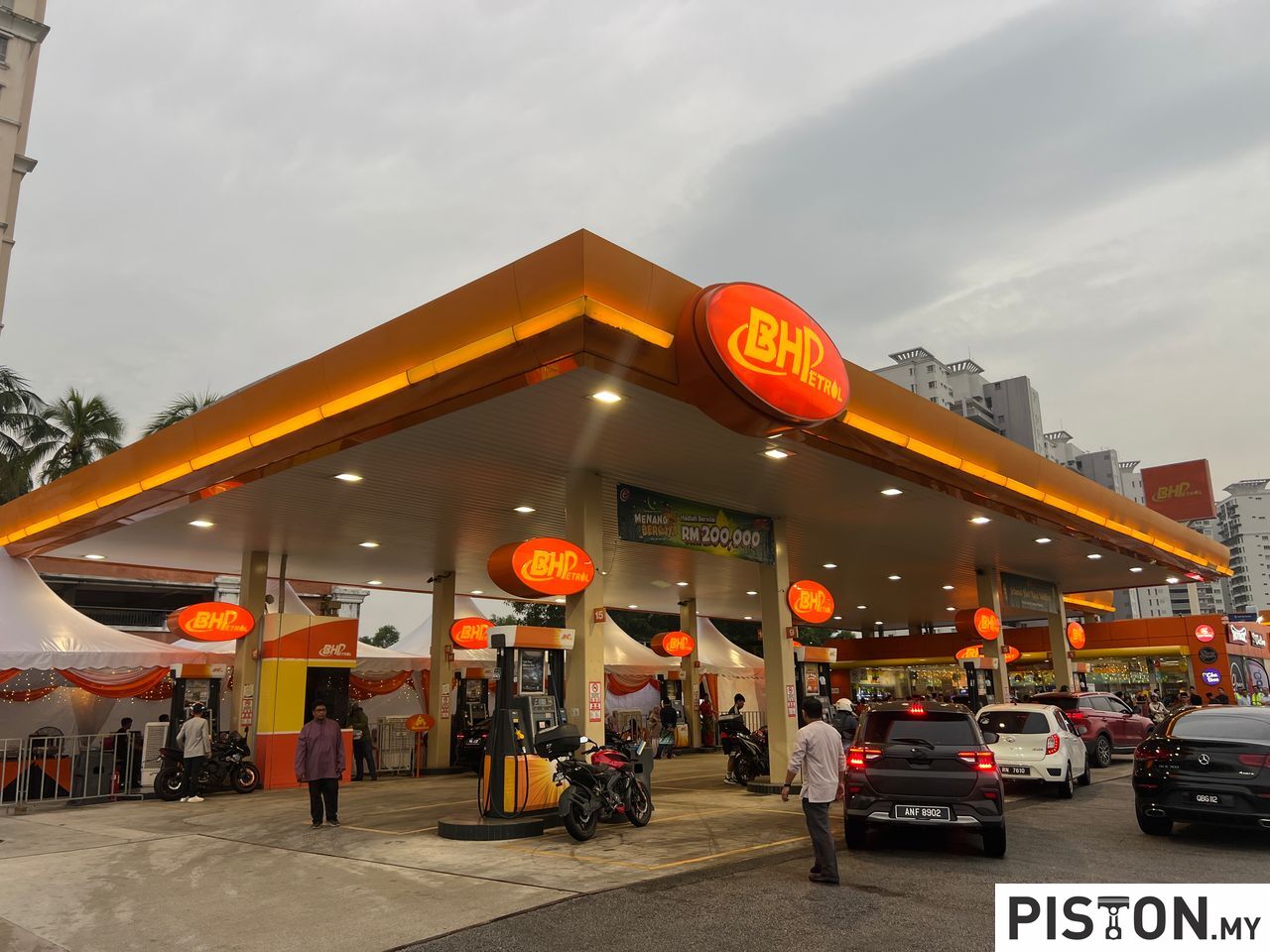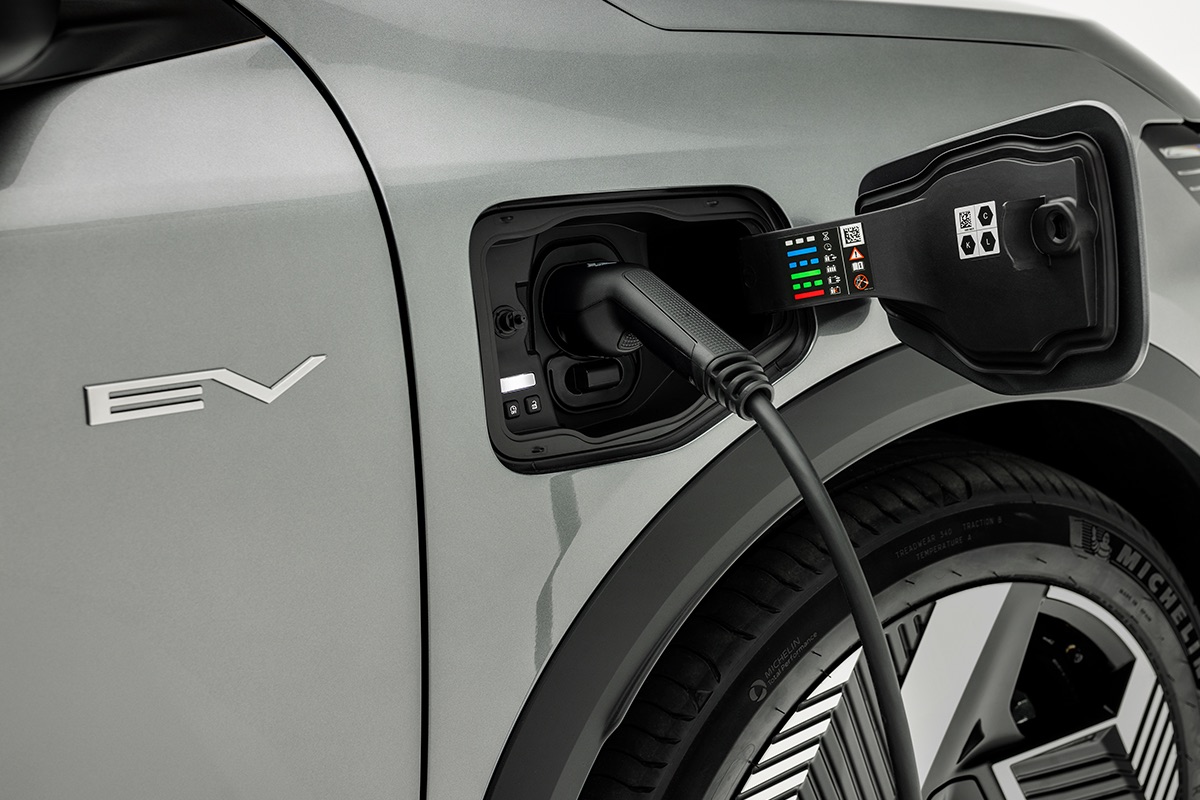Every time a new brand is introduced to the Malaysian market, the next question that often follows is about local assembly plans. This is then met with cheers all around when assembly plans are confirmed.
Why? Because that often means that the price of the cars will be reduced as compared to being imported. And more high-value jobs will be created for Malaysians.

But did you know that among all the brands now assembling locally, Volvo has one of the oldest local assembly programs? Volvo has been assembling in Malaysia since 1967. In fact, Volvo does not only assemble cars but also trucks at their plant in Shah Alam.
So, there is a deep-rooted connection between Volvo and Malaysia because there are only a handful of countries where Volvo is assembled. The others being Poland, Belgium Sweden (of course), China and the United States.

Yes, Volvo and Malaysia have a deep bond, and perhaps that is why we see Volvo cars everywhere. Old and new.
And that is why every time a new Volvo is introduced to the local market; it is a big deal with Volvo Cars Malaysia sparing no expense at making it known that another Volvo has hit Malaysian roads.
The latest one is the new Volvo XC90 facelift.

Facelifts rarely are as good looking as the one you see on these pages, but Volvo has done a spectacular job at further refining an already impressive car to begin with.
First, a backgrounder.
The XC90 was Volvo’s answer to the explosive popularity of the SUV segment in the late 90s. The first ever XC90 debuted in 2002 and in true Volvo fashion it featured world-first safety systems such as the Roll Stability Control, Side Curtain Airbags and Integrated Booster Cushion for children.

The second-generation XC90 was introduced in 2014 and it marked a major departure from its predecessor. It was introduced post-Ford ownership and marked a new direction for Volvo under Geely’s ownership.
It was also the first model to be built on Volvo’s then new modular Scalable Product Architecture (SPA) platform. The second-generation XC90 was also the first Volvo to feature the now iconic “Thor’s Hammer” LED daytime running light and a minimalist yet elegant Scandinavian interior, which ultimately set the tone for all future Volvo’s.

Over 1.2 million units of the Volvo XC90 have been sold worldwide, making it one of the most popular Volvos of all time. And just in case you are wondering, the most popular Volvo ever is the 200 Series, which includes the 240 sedan and the 245 wagon.
Moving on to the new XC90
Introduced to Malaysians back in April of this year, the new XC90 is set to carry on Volvo’s colourful history in Malaysia.

It is available in two variants, the flagship XC90 Ultra T8 PHEV priced at RM434,888 and the Ultra B5 priced at RM418,888.
The two offer different powertrains, the flagship is powered by a plug-in hybrid powertrain while the latter offers a more conventional internal combustion engine for propulsion.

Besides the powertrain, the modern icon from Volvo also features several design updates that have transformed the XC90 to an elegant big SUV that exudes regal class on the road. It literally turns heads.
For one, the entire front end is new. The fenders and the bonnet has been redesigned. The criss-crossed grille is now wider and more elegant than ever. The T-shaped daytime running lights is now longer and in turn makes the entire front end appear wider than the predecessor. But in actual fact, the overall dimensions of the car remain the same.

The side profile and the rear of the car remain largely the same while the 20-inch wheels have been slightly redesigned.
More updates inside the XC90.
The interior of the new XC90 retains the same minimalistic design which first debuted with its predecessor. It does not try very hard to impress and retains an elegant charm along the way.

Everything is there to serve a purpose, and everything feels well-built and to the point. No unnecessary drama here. Even the updates feel purposeful.
While the interior may feel familiar with the same layout as before, the biggest update inside is the new 11.2-inch infotainment touchscreen system.

While previously it was embedded into the dash, now it comes across as if it were free-floating on the dash. It even looks like it can be unlatched and taken along with you.
The design of the infotainment system is not the only thing that is new, it also has a pixel density that is 21% higher for a sharper resolution.

It still runs on a Google operating system which to me is the best in-car system, ever. It even has one of the most accurate voice command systems in a car. Apple and Android users will both be able to appreciate the onboard operating system, so you don’t really need Apple Carplay and Android Auto, but the car does offer both, just in case.
Navigation is provided by Google Maps as well, which is arguably the best in the business, for me at least. But you can download applications if you prefer anything else.

Besides that, there is a new bottom chrome frame underneath the dashboard, while the air-conditioning vents have been redesigned. Further updates include new cupholders at the centre console, a repositioned wireless charger and upgraded ambient lighting.
If music is your thing, you will love the 19-speaker Bowers & Wilkins sound system. You can quite literally feel the bass in your heart and the treble at the very edges of your eardrums.

Topping it all off are some of the best seats in the business wrapped in Nappa leather with full electric adjustment and ventilation function as well.
The second row is generously spaced while the third row will fit teenagers and shorter adults comfortably. The good thing is the second and third rows have their own air-conditioning vents so no one will be left wanting.
How does it drive?
I have only driven the XC90 T9 PHEV, so I’ll focus on that instead.

The XC90 is one of the most refined cars in the business. Sound insulation is exemplary while the air suspension makes mince of road undulations and such. You hear or feel nearly nothing of the world outside save for the loudest of exhaust or deepest of potholes.

The refinement levels and ride quality are among the best in the business. In fact, competitors like the Mercedes-Benz GLE and BMW X5 will struggle to match it while the dearer Porsche Cayenne has a firmer, sportier ride quality.
So, if comfort and refinement is what you want then the Volvo XC90 is the Premium SUV you want.

As for the powertrain, the T8 PHEV is powered by a 2.0-litre, four-cylinder, turbocharged engine, in fact both T8 and B8 variants are powered by the same engine. In the T8, the engine produces 317PS and 400Nm of torque, driven to the front wheels through an ultra-smooth eight-speed transmission.
But there’s also an electric motor at the rear axle that churns out a further 145PS and 309Nm of torque. This catapults the total system output to a gargantuan 462PS and a whopping 709Nm, which is the same output numbers as the pre-facelift models.

These power figures are good to slingshot the XC90 to 100km/h in just 5.3 seconds and onto an electronically limited top speed of 180km/h.
You feel the powerplant at work every time you flex your right foot. There’s a gentle push into the seats as a slight hum encroaches into the cabin, indicating that the engine and electric motor are working in unison to propel the car forwards.

And if the electric motor runs out of battery, you have two options to recharge. Being a plug-in hybrid, you can either recharge the 18.8kWh battery by plugging in to a 3.7kW or a 6.4kW AC charger. The former will charge the battery in just five hours while the latter will do it in just three hours. There’s no option for DC charging.
But if plugging in is not your thing, you can still recharge the battery using a dedicated mode that recharges the battery as you drive along. This uses the engine as well as the brakes to charge the battery.

And when fully charged, you get an all-electric drive range of 77km.
Is it worth buying?
The next time you are on the road, keep an eye out for the number of Volvo XC90’s you come across. There’s a very good reason why there are so many of them, and that is because they are good cars.

Some say the XC90 is the best premium 7-seater SUV you can buy today, and I will not argue against that. In fact, I will go further to say that the PHEV model is the only SUV you need if there are three things you want in a car: one for the family, to keep them safe and such. One to enjoy driving. And one to be driven in. The XC90 has all of them in a beautiful package.
And being a Volvo, I don’t even need to mention safety. It is as synonymous with Volvo as a Ramly Burger is with Malaysian street food culture.

So it is not a matter of whether or not it is worth buying, if you are looking for a Premium 7-seater SUV, it simply doesn’t get better than a Volvo XC90 T8 PHEV.
Specifications:
Engine: 2.0-litre, turbocharged, 4-cylinder, petrol
Power: 462PS and 709Nm (combined with electric motor)
Transmission: 8-speed automatic
Fuel consumption: 1.8-litres / 100km
Recharging: 3.7kW & 6.4kW AC charging
We like: Drive quality, power, comfort
We don’t like: Blind Spot Monitoring could do with acoustic warning




